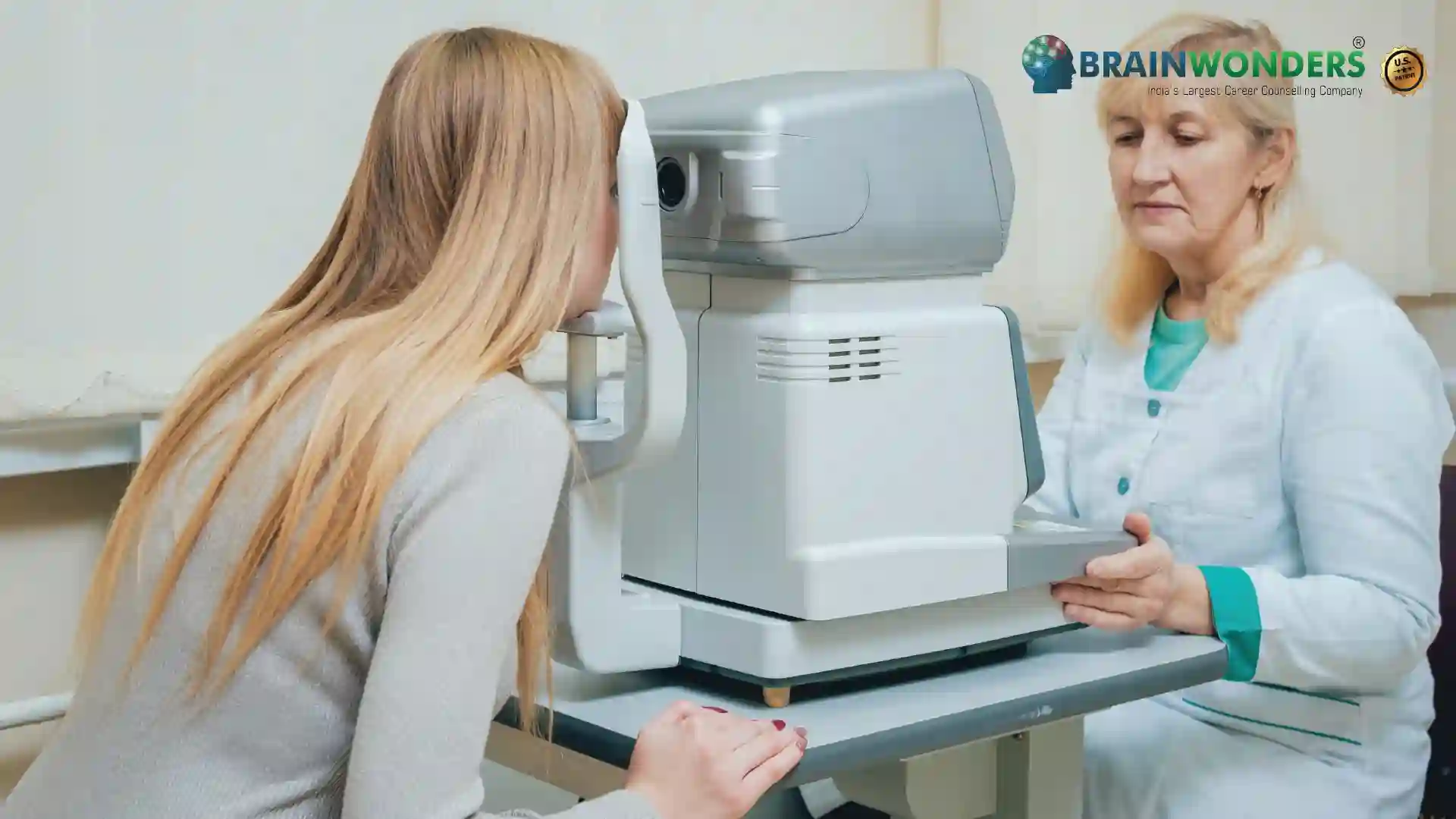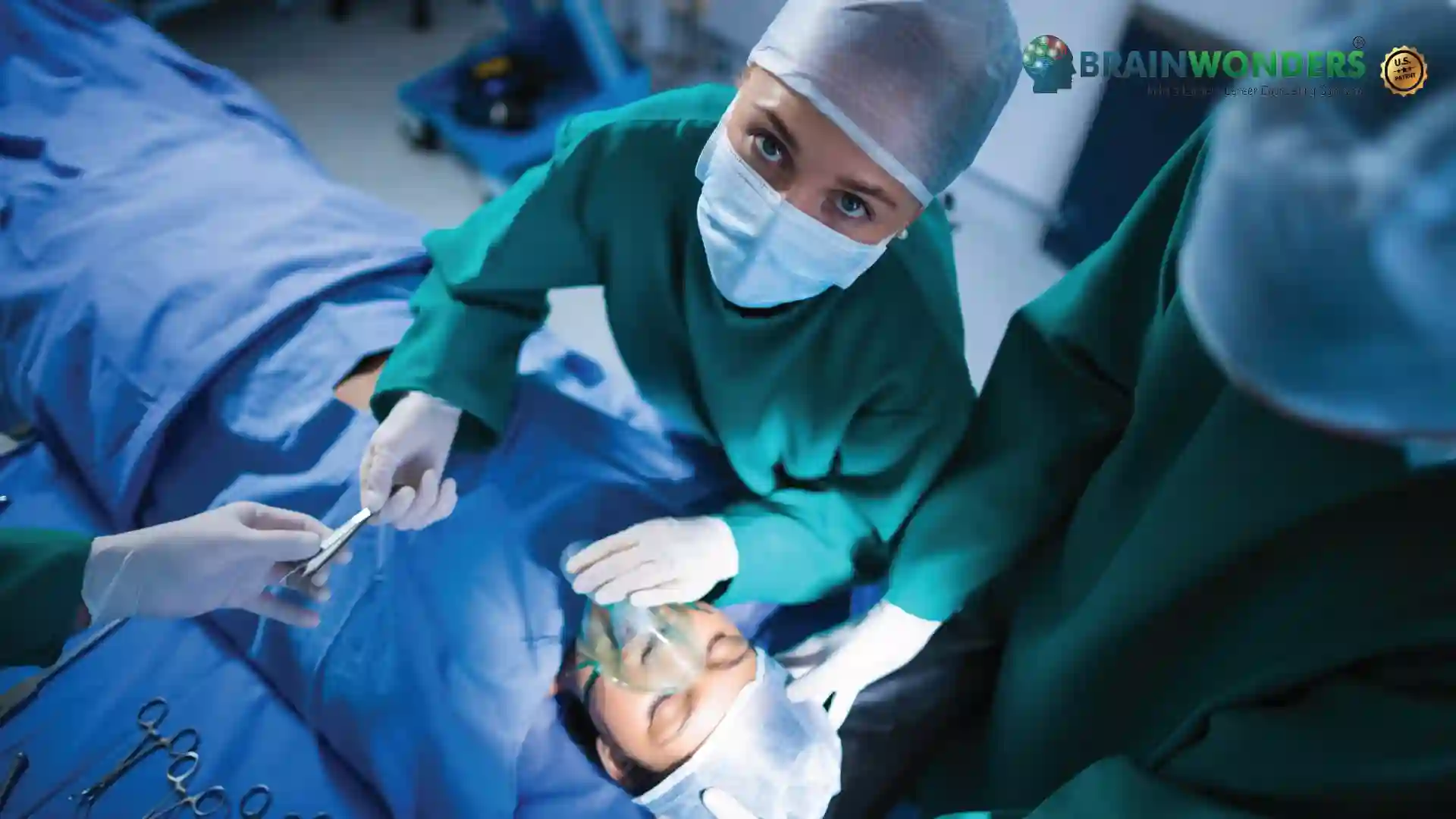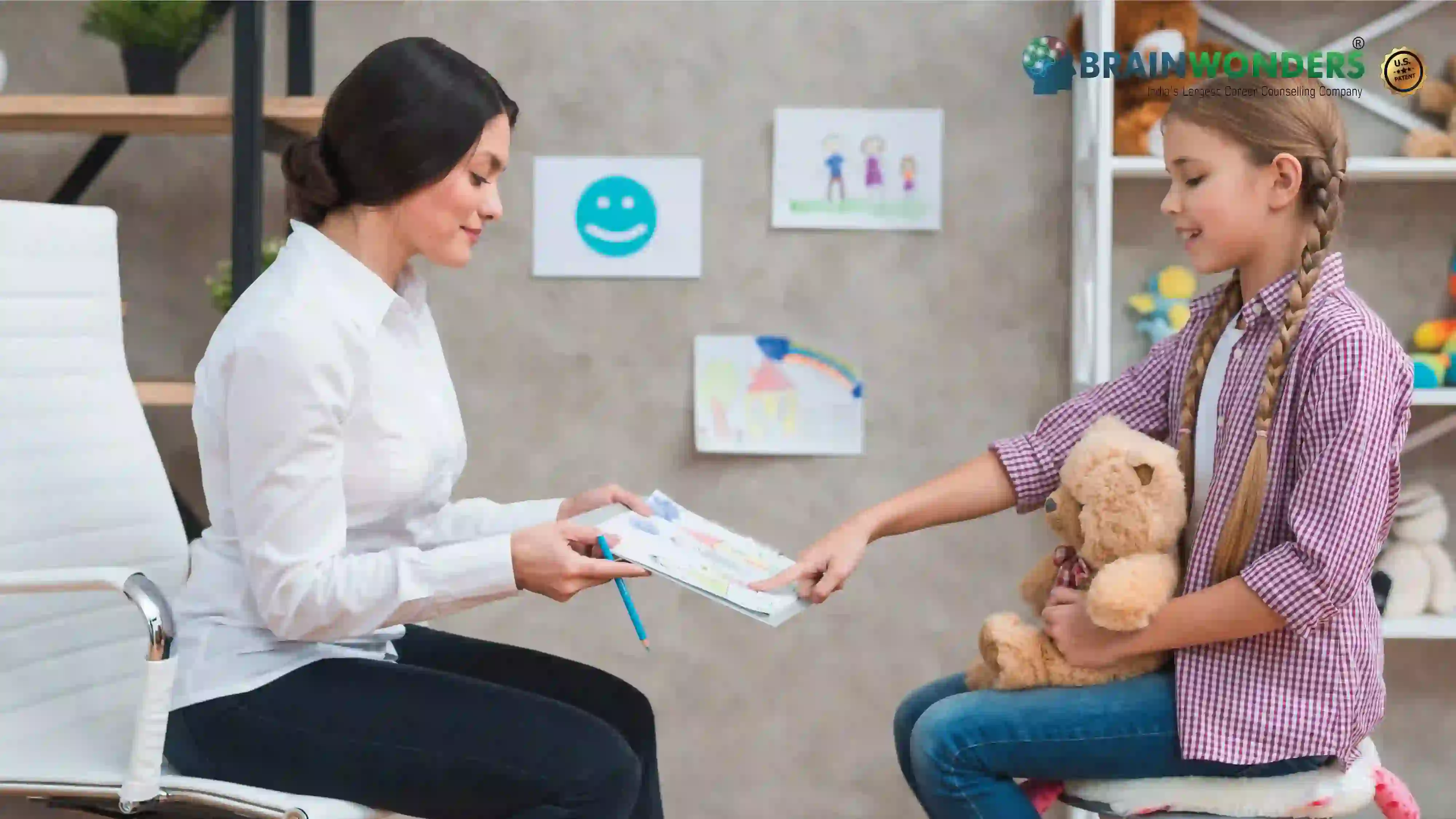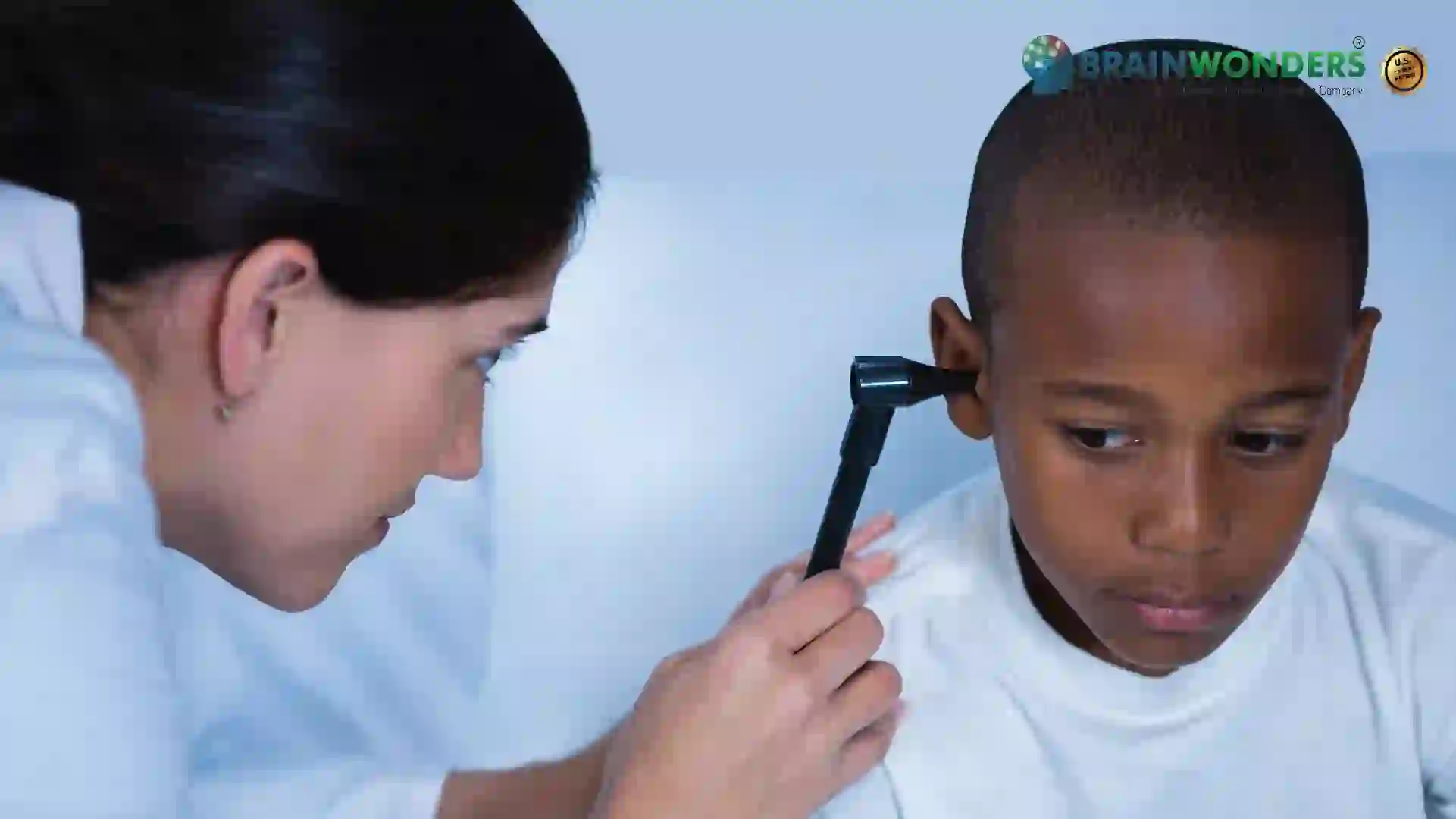How to become a Low Vision Therapist, Orientation and Mobility Specialist
Overview, Courses, Exam, Colleges, Pathways, Salary

Overview
Who is Low Vision Therapist, Orientation and Mobility Specialist ?
A Low Vision Therapist's job encompasses provision therapy to patients with visual impairments to improve their functioning in daily life activities. It includes assessment of clients' functioning in areas such as vision, orientation and mobility skills, social and emotional issues, cognition, physical abilities, and personal goals. It involves training clients to use tactile, auditory, kinesthetic, olfactory, and proprioceptive information and teaching clients to travel independently, using a variety of actual or simulated travel situations or exercises. Individuals with visual impairments are not legally blind; they do have some amount of vision, thus Orientation and Mobility Specialists help them to live independently in society.
Typical day at work
What does Low Vision Therapist, Orientation and Mobility Specialist do?
- Teach how to use the cane, use of cane with a guide, diagonal techniques, and two-point touches which helps provide information to patients about the surface over which they are about to walk
- Teach clients to use tactile, auditory, kinaesthetic, olfactory, and proprioceptive information to detect landmarks and reference points and move safely through their environment
- Evaluate patient’s visual functioning, orientation and mobility skills, social and emotional problems, cognition, physical capabilities, and individual goals
- Tutor patients to travel self-reliantly, with the help of GPS, travel simulations or actual exercises
- Monitor progress to decide whether modifications in rehabilitation plans are required
- Based on assessment results, needs, and goals, develop rehabilitation or instructional plans collaboratively with clients
- Train in and suggest suitable mobility devices or systems like human guides, dog guides, long canes, electronic travel devices, and other adaptive mobility aids give off vibrating or audible signals in case of obstacles
- To provide solutions to client’s concerns, collaborate with other professionals, like rehabilitation counsellors, speech therapists, and occupational or physical therapists
- Consult, support, or psychoeducate parents and teachers
- Engage in professional development activities like reading literature, continuing education, joining conferences, and working with colleagues
- Train patients adaptive equipment use like large print, reading stands, lamps, writing implements, software, and electronic devices
- Document assessments, exercises, growth, or results by writing reports
- Administer and interpret tests to develop rehabilitation plans
- Provide referrals for eye or health care, rehabilitation, counselling services to enrich vision and daily functioning
- Train in self-regulating skills and techniques like adaptive eating, medication management, and other personal needs management
- Distribute and maintain low vision devices
- Identify visual impairments linked to rudimentary life skills in areas like self-care, communication, health and home management
- Tutor patients to read and write Braille
- Plan instructional programs with the help of devices like slate and stylus, braille, keyboard, adaptive handwriting devices, talking book machines, digital books, and optical character readers to improve communication
- Provide advice and consultancy to various professionals about the built environment, access and use of public transport, and information desk for the use of visually impaired people
- Motivate and encourage clients towards exploring and mastering activities.
Abilities and Aptitude needed
What are the skills, abilities & aptitude needed to become Low Vision Therapist, Orientation and Mobility Specialist?
Therapists must be able to listen and communicate actively and attentively to the needs of the patients. Also, explain and teach therapies to patients and their caregivers. Thus, having good communication and interpersonal skills is necessary.
Therapists must be sensitive, patient, and empathic to patients’ needs and concerns. They need to make their patients feel comfortable and let them know they care. Thus, they must be able to handle the emotional stress of working with impaired patients in need of compassionate health care.
They also need to be creative and flexible with their treatment plans as not every type of therapy will work for every client, thus, can be resourceful and customize a treatment plan for each client and their concerns.
They spend much of their time on their feet and use their hands to teach techniques and help patients perform exercises, thus physical stamina and manual dexterity are essential.
Salary
Salary for Low Vision Therapist, Orientation and Mobility Specialist?
The salary of Low Vision Therapist, Orientation And Mobility Specialist is as follows :
- Minimum Monthly Income: Entry-level Low Vision Therapists and Orientation and Mobility Specialists in India may begin their careers with a monthly income of approximately INR 20,000 to INR 30,000. These professionals provide basic support and training to individuals with visual impairments.
- Maximum Monthly Income: Experienced and highly skilled Low Vision Therapists and Orientation and Mobility Specialists, especially those with advanced certifications and extensive experience, can earn a maximum monthly income ranging from INR 40,000 to INR 60,000 or more.
- Annual Income: The annual income of a Low Vision Therapist and Orientation and Mobility Specialist depends on factors such as years of experience, the complexity of cases handled, additional certifications, and their ability to empower individuals with visual impairments to lead independent lives. Established professionals in this field may earn an annual income ranging from INR 2,40,000 to INR 7,20,000 or higher.
- Highest Earning Opportunities and Scope: Low Vision Therapists and Orientation and Mobility Specialists working with diverse groups of visually impaired individuals, such as children, older people, or those with multiple disabilities, often have higher earning potential. Additional opportunities for a higher income can arise from private practice, consultancy, or working in specialized rehabilitation centres. The scope for Low Vision Therapists and Orientation and Mobility Specialists is significant, as their expertise is crucial in helping visually impaired individuals navigate the world with confidence. As awareness and accessibility for the visually impaired continue to grow, skilled professionals in this field are in demand to provide personalized training and support.
Ready to become a Low Vision Therapist, Orientation and Mobility Specialist ?
Take the world’s best assessment test !
Take a TestPathways
How to become an Low Vision Therapist, Orientation and Mobility Specialist?
Entrance Exam
Entrance Exam for Low Vision Therapist, Orientation and Mobility Specialist ?
Courses
Which course I can pursue?
Best Colleges
Which are the best colleges to attend to become an Low Vision Therapist, Orientation and Mobility Specialist?
Industries
Which Industries are open for Low Vision Therapist, Orientation and Mobility Specialist?
Low Vision Therapists and Orientation and Mobility Specialists are critical in helping individuals with visual impairments lead independent and fulfilling lives. Here are some industries and settings where these professionals can find employment opportunities:
- Rehabilitation Centers: Specialized rehabilitation centres for individuals with visual impairments provide a key platform for Low Vision Therapists and Orientation and Mobility Specialists to offer comprehensive services and training.
- Hospitals and Medical Centers: Some medical facilities have departments dedicated to vision rehabilitation, where these specialists collaborate with ophthalmologists and other healthcare professionals to provide holistic care.
- Educational Institutions: Low Vision Therapists and Orientation and Mobility Specialists can work in schools and universities to support students with visual impairments, helping them succeed academically and socially.
- Non-Profit Organizations: Various non-profit organizations, such as those focused on blindness and visual impairment, offer services, advocacy, and support, creating opportunities for these specialists to make a difference.
- Assistive Technology Companies: Professionals in this field may work with companies that develop and provide assistive devices and technology to enhance the daily lives of individuals with visual impairments.
- Senior Living Facilities: As the elderly population increases, specialists can work in senior living communities to address the unique needs of older adults with visual impairments.
- Government Agencies: Local, state and federal government agencies may employ Low Vision Therapists and Orientation and Mobility Specialists to offer services to individuals with visual impairments.
- Research and Development: Engaging in research and development in collaboration with universities, research institutions, and medical centres can advance rehabilitation techniques and technologies.
- Private Practice: Some specialists establish private practices, offering clients personalized low vision therapy and orientation and mobility training services.
- Community Services: Community centres, social services agencies, and outreach programs hire these specialists to provide training, workshops, and support to individuals with visual impairments.
- International and Humanitarian Organizations: Non-governmental organizations (NGOs) and humanitarian agencies may employ these specialists to provide vision-related services in underserved or developing regions.
- Telehealth and Online Platforms: With the rise of telehealth and online services, specialists can provide remote consultations, training, and support to individuals with visual impairments.
- Correctional Facilities: Low Vision Therapists and Orientation and Mobility Specialists can work within correctional institutions to assist visually impaired inmates in navigating their environment.
- Travel and Transportation Industry: The travel sector may seek the expertise of Orientation and Mobility Specialists to improve accessibility for travellers with visual impairments.
- Entertainment and Media: Media companies, including those focused on audio description and accessible content, may require specialists to ensure content is inclusive for individuals with visual impairments.
internship
Are there internships available for Low Vision Therapist, Orientation and Mobility Specialist?
Internship opportunities for individuals pursuing a career as a Low Vision Therapist or Orientation and Mobility Specialist are important for gaining hands-on experience and developing essential skills. Here are potential places where you might find internships in these fields:
- Rehabilitation Centers: Specialized rehabilitation centres often offer internships to low-vision therapists and orientation and mobility specialists. You could work with individuals who have visual impairments and assist them in enhancing their daily living skills and mobility.
- Hospitals and Medical Facilities: Some hospitals have departments or clinics focused on low vision and visual impairment. Interning here could involve working alongside healthcare professionals to provide comprehensive care to visually impaired patients.
- Vision Clinics and Eye Care Centers: Internships at vision clinics or eye care centres can provide exposure to low vision assessment, assistive technology, and vision enhancement techniques.
- Special Education Programs: Interning within special education programs in schools allows you to work with students with visual impairments and learn about educational adaptations and support strategies.
- Non-Profit Organizations: Many non-profit organizations dedicated to blindness and visual impairment offer internships to assist with support services, community outreach, and educational programs.
- Assistive Technology Companies: Companies that develop and provide assistive technology for individuals with visual impairments may offer internships involving using and training such devices.
- Orientation and Mobility Training Centers: Organizations or institutions specializing in orientation and mobility training may offer internships focused on teaching independent travel skills to individuals with visual impairments.
- Senior Living Facilities: Interning at senior living communities can involve working with elderly individuals with low vision, helping them maintain independence and quality of life.
- Government Agencies: Some government agencies offer internships related to disability services, including low vision therapy and orientation and mobility training.
- Research Institutions: Interning at research institutions focused on visual impairment can provide exposure to the latest advancements and techniques in low-vision therapy and mobility training.
- Community Centers and Social Services: Community centres and social service organizations may offer internships that provide support, resources, and training to individuals with visual impairments.
- Universities and Colleges: Some educational institutions with programs in rehabilitation, special education, or related fields may have internship opportunities for low-vision therapists and orientation and mobility specialists.
Career outlook
What does the future look like for Low Vision Therapist, Orientation and Mobility Specialist?
- An orientation and mobility specialist may find work in hospitals or community, private or public agencies that focus on providing services specifically to those with disabilities.
- Therapists may also be self-employed, providing service to individuals at home or their private practice centre.
- Further education, experience, and good references will gain advancement in the profession. They may become supervisors in an agency or go ahead in teaching.
- TTheir work consists of both private sessions with clients to provide mobility services and also offering professional consulting services to government agencies and other personnel for a surrounding fit for the visually impaired.
.webp)


